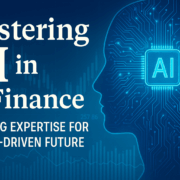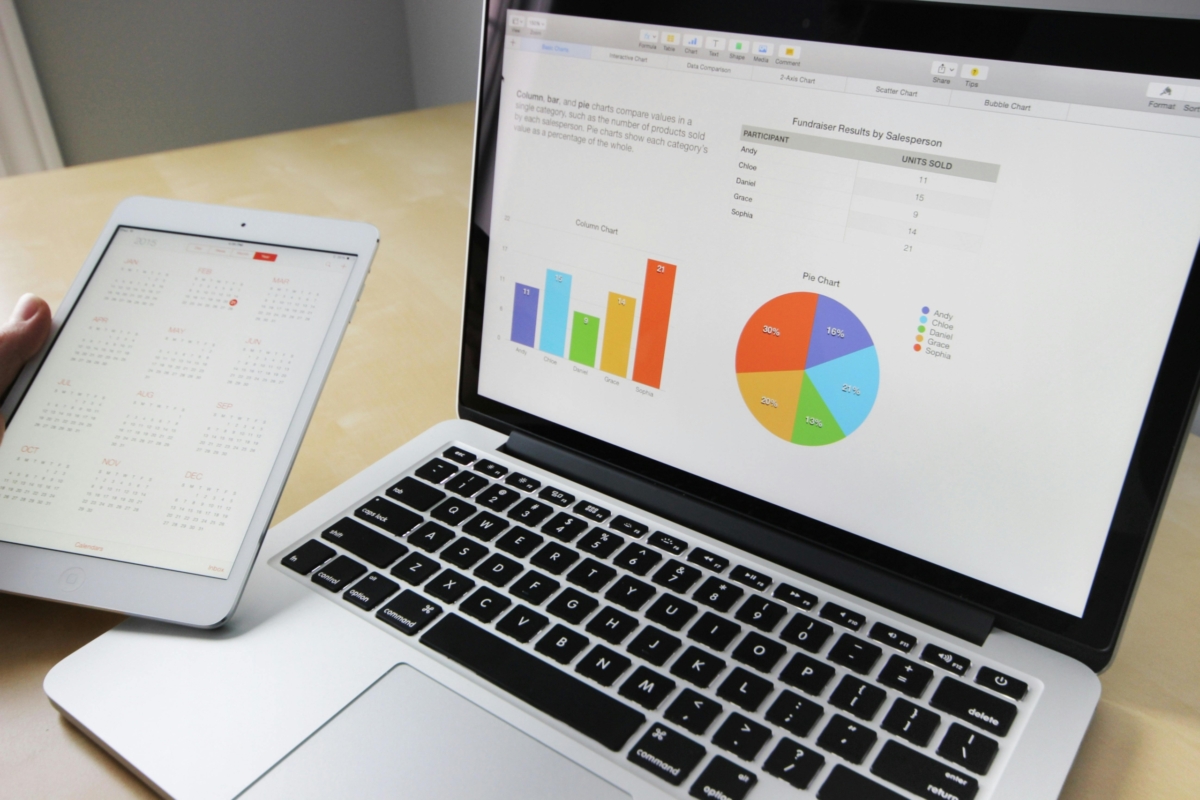How to Build a Driver-Based Model That Actually Supports Decision-Making
Here’s the truth most FP&A leaders won’t say out loud: the majority of financial models aren’t built for decision-making. They’re built for optics.
They exist to be opened in board meetings, skimmed over by execs, and bookmarked as evidence that Finance is doing its job. But when Sales wants to run a hiring scenario or Marketing asks what happens if paid spend jumps 30%? Suddenly, you’re digging through nested formulas, tracing cell dependencies, and wondering why row 483 has an input from a tab labeled “Temp2.”
That’s not a decision tool. That’s a house of cards.
Let’s dismantle it and build something better.
What Is Driver-Based Modeling, Really?
Driver-based modeling means building your forecast around the causes of financial outcomes, not the outcomes themselves. You don’t just forecast revenue—you model:
- Website traffic
- Conversion rates
- Average deal size
- Sales cycle length
And from there, revenue becomes the output of assumptions that can actually be managed.
Think of it like physics: if your model only shows the end state (velocity), but none of the forces or friction points (acceleration, mass, gravity), you’re just guessing with prettier numbers.
Common Excuses (And Why They’re Weak)
“We don’t have time to build that.”
You don’t have time not to. Every hour your team spends wrangling spreadsheets is a cost.
“Our business is too unique for drivers.”
No, your business is just undiagnosed. Every company has drivers. You just haven’t taken the time to articulate them.
“Leadership just wants the numbers.”
Exactly. And they want the right numbers, at the right speed, with the right context. Static outputs don’t cut it anymore.
How to Identify the Right Drivers
You don’t need 100 drivers. You need the 5-10 that actually move the needle.
Ask:
- What do we measure that actually changes our top or bottom line?
- Which of those are controllable? (pricing, headcount, spend)
- Which of those are observable? (traffic, conversion, churn)
You’re looking for levers. Not line items.
Table: Examples of Drivers by Function
| Function | Key Driver | Why It Matters |
|---|---|---|
| Marketing | Cost-per-click (CPC) | Impacts total lead generation cost |
| Sales | Win rate | Changes revenue conversion efficiency |
| Product | Feature adoption | Signals retention and upsell potential |
| Customer Success | Churn rate | Directly affects revenue stability |
| HR | Ramp time | Determines time-to-productivity |
Why Most Models Fail (And How to Avoid It)
They fail because they aren’t grounded in reality. They’re back-solves for numbers someone wants to see. They aren’t flexible. They aren’t intuitive.
Here’s how to build a model that doesn’t suck:
- Start with inputs: What can the business control?
- Define relationships: If conversion increases 5%, what happens to revenue?
- Build in scenarios: Can you model upside, base, and downside without rewriting formulas?
- Test edge cases: Does your model implode with a 30% drop in headcount?
Driver-based modeling isn’t a feature. It’s a mindset.
The Funny Analogy That Explains It All
Building a model without drivers is like buying IKEA furniture with no instructions. Sure, you can try to wing it from the picture. But three hours in, you’re crying on the floor surrounded by oddly-shaped screws, and your bookshelf looks like a spider on stilts.
Instructions—aka drivers—make it buildable. Repeatable. Scalable.
When to Use Driver-Based Models
- Board prep: Show the why, not just the what
- Headcount planning: Connect hires to output, not just cost
- Marketing ROI: Tie spend to pipeline, not just impressions
- Fundraising: Defend your assumptions under pressure
- Budget variance reviews: Explain the cause, not just the miss
Why This Matters Now More Than Ever
In a high-volatility environment, static models die fast. Driver-based models give you:
- Speed (you can update inputs without rewriting logic)
- Confidence (you can explain changes in plain English)
- Credibility (you become the person who knows why things move)
When your CEO asks, “What happens if we miss Q3 pipeline by 15%?” the answer shouldn’t be, “Give me a day to rework the model.”
It should be, “Let me show you.”
Recap: The Non-Negotiables of Driver-Based Modeling
- Model inputs you can observe and manage
- Keep formulas clean and modular
- Build toggles and assumptions up front
- Make it readable by non-finance people
- Automate where you can, but understand the guts
The High-Stakes Call to Action
You can keep spending your nights tweaking brittle spreadsheets. Keep explaining to your COO why you need another day to answer a basic what-if. Keep letting your model drive you.
Or you can flip it.
Build a model that actually empowers you. Build one that earns you a seat at the strategy table.
Because if Finance can’t move fast, the business can’t either.
What’s your model actually helping you decide?









Leave a Reply
Want to join the discussion?Feel free to contribute!